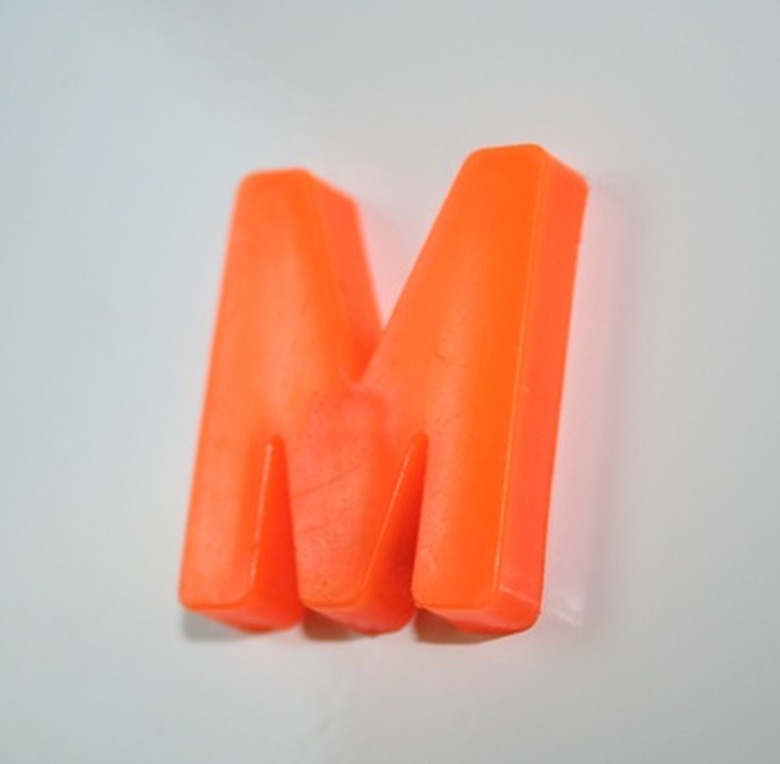How To Explain Magnets To Kindergarteners
Besides their common use of attaching grocery lists and newspaper clippings to the refrigerator door, magnets have many applications in physics and engineering. While kindergarteners may not be ready for advanced lessons in the physical sciences, many enjoy playing with magnets and using them to attract and repel metal objects. Many magnets are available at a low cost and in small sizes, allowing teachers to use them in the classroom to teach lessons in magnetic force, which can spark an interest in science at an early age.
Step 1
Collect a variety of magnets and metal and non-metal objects. Plan to have one of each type of magnet and a handful of mixed magnetic and non-magnetic objects for each child in your group.
Step 2
Prepare the children for the lesson by reading them a magnet-related book, such as "Mickey's Magnets" by Franklyn M. Branley and Eleanor K. Vaughan, or screening a magnet-related film such as Bill Nye the Science Guy's magnet episode.
Step 3
Ask the children questions about magnets, such as "What can magnets do?" and "What kinds of objects can magnets pick up?"
Step 4
Write vocabulary words on the board that relate to magnets: magnet, magnetic force, push and pull. Hold up a magnet and tell your group that the magnets have two poles – one that attracts and one that repels iron objects, and use the magnet and your objects to demonstrate these forces.
Step 5
Ask your children to define the vocabulary words based on your demonstration. Ask them which objects the magnets picked up and why.
Step 6
Divide the class into groups of four and distribute magnets and objects equally among the children.
Step 7
Allow children some free time to experiment with the magnets and objects.
Step 8
Instruct the children to do specific things, like hold two magnets together at varying distances to feel their force; flip over one of the magnets to see how the force changes; and pick up or repel various objects.
Step 9
Reinforce the lesson by asking the children what they learned about magnets, what kinds of forces are found in magnets and what happens when magnets touch each other, metal objects and non-metal objects.
Things Needed
- Bar magnets
- Doughnut magnets
- Paper clips
- Coins
- Wooden ruler
- Ball of clay
- Plastic objects
References
Cite This Article
MLA
Sloane, Christina. "How To Explain Magnets To Kindergarteners" sciencing.com, https://www.sciencing.com/explain-magnets-kindergarteners-7294840/. 24 April 2017.
APA
Sloane, Christina. (2017, April 24). How To Explain Magnets To Kindergarteners. sciencing.com. Retrieved from https://www.sciencing.com/explain-magnets-kindergarteners-7294840/
Chicago
Sloane, Christina. How To Explain Magnets To Kindergarteners last modified August 30, 2022. https://www.sciencing.com/explain-magnets-kindergarteners-7294840/
